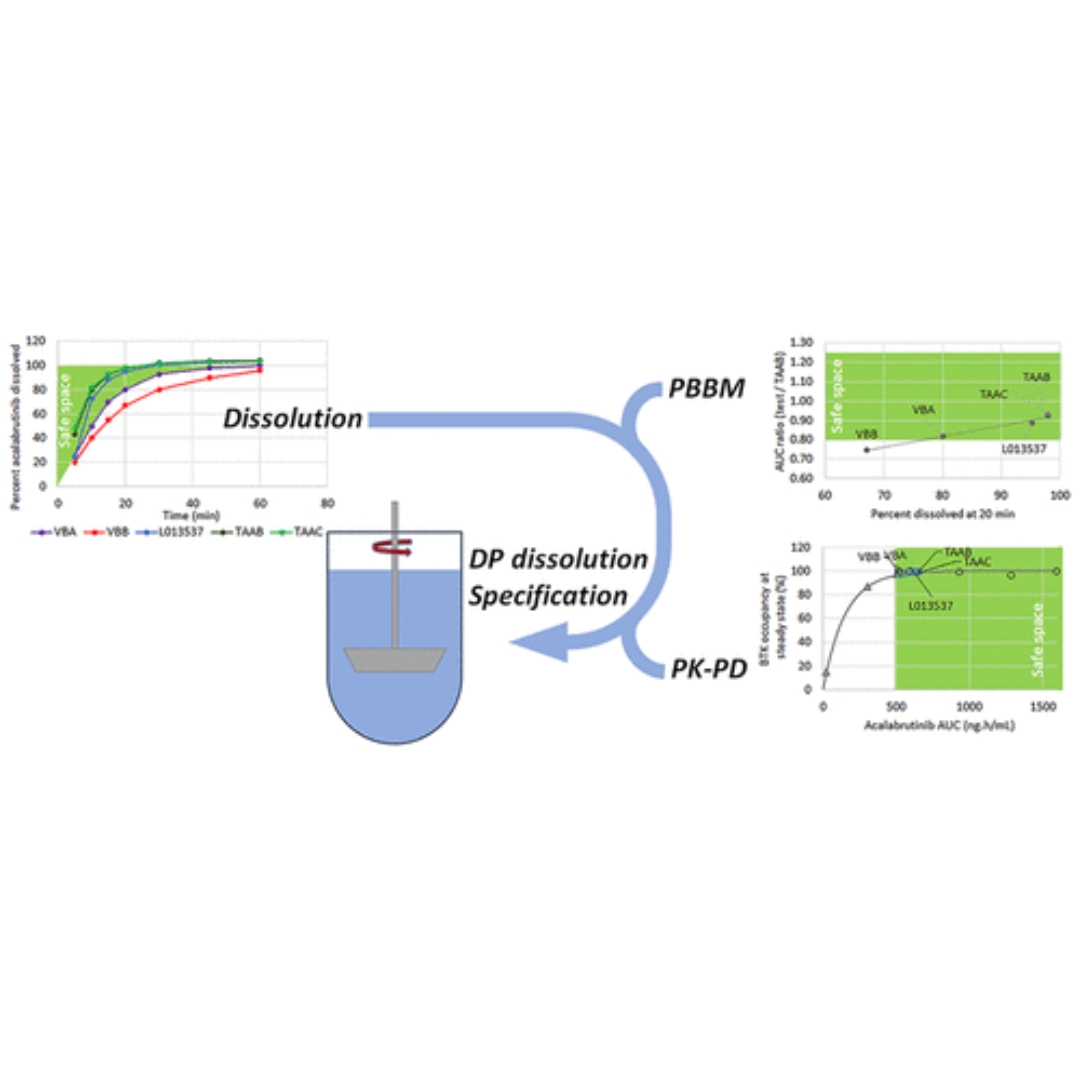Acalabrutinib maleate tablets correspond to an improved formulation compared to acalabrutinib capsules as they can be dosed with and without acid reducing agents...

Probability of Target Attainment Analyses to Inform Ceftolozane/Tazobactam Dosing Regimens for Patients with Hospital‐Acquired or Ventilator‐Associated Bacterial Pneumonia and End‐Stage Renal Disease Receiving Intermittent Hemodialysis
ASPECT-NP, a phase 3 trial of ceftolozane/tazobactam in hospital-acquired/ventilator-associated bacterial pneumonia (HABP/VABP), excluded patients with...
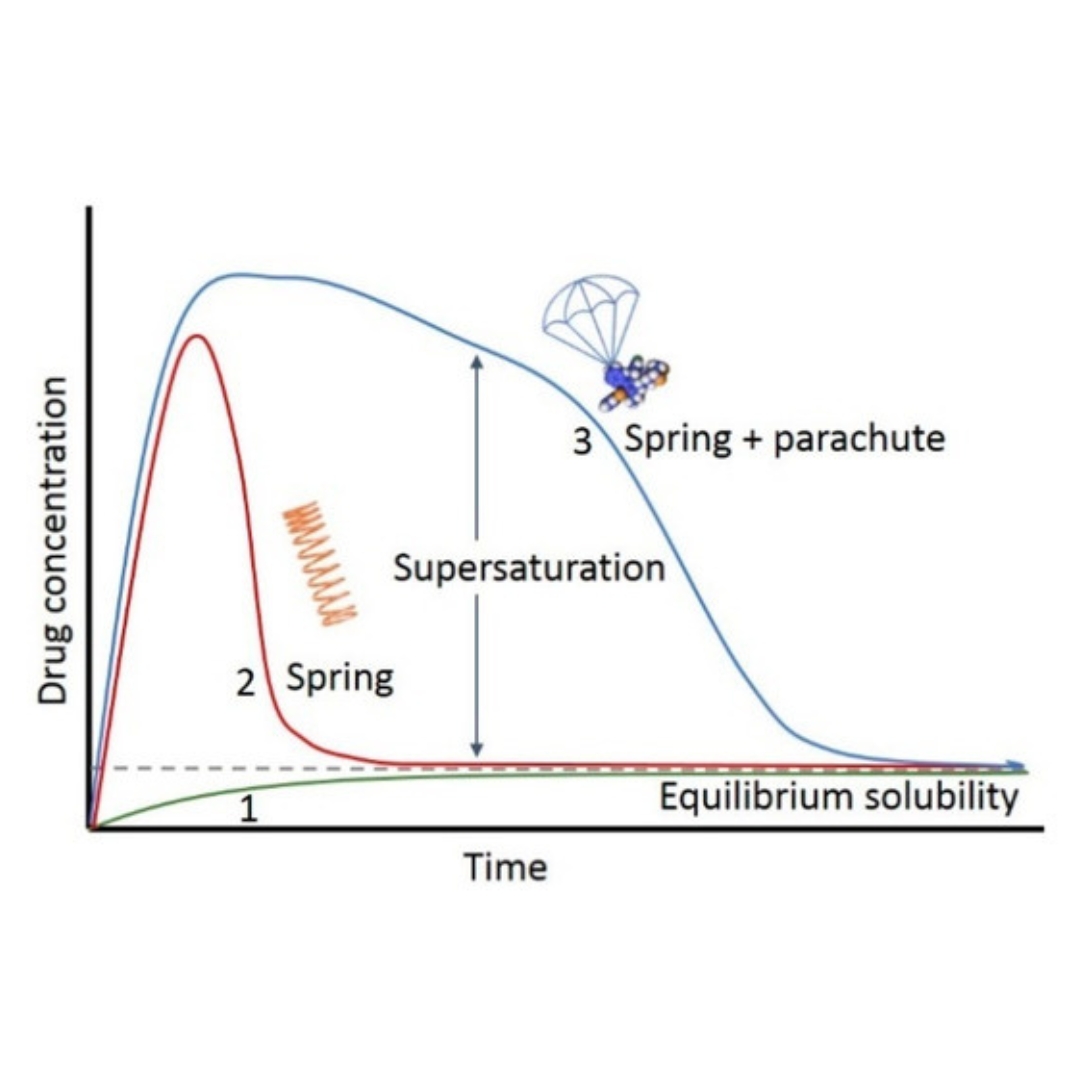
Supersaturation and Precipitation Applicated in Drug Delivery Systems: Development Strategies and Evaluation Approaches
Supersaturation is a promising strategy to improve gastrointestinal absorption of poorly water-soluble drugs. Supersaturation is a metastable state and therefore dissolved...

Mechanistic Modeling of Ophthalmic, Nasal, Injectable, and Implant Generic Drug Products: A Workshop Summary Report
For approval, a proposed generic drug product must demonstrate it is bioequivalent (BE) to the reference listed drug (RLD) product. For locally acting drug products...

Metabolic Evaluation of Synthetic Opioids on the Example of U-47700 with the Use of In Vitro and In Vivo Methods for Forensic Toxicology Application
Legal highs present a great threat to health, especially in groups of people experimenting with psychoactive substances.

Design, Synthesis, and Neuroprotective Activity of Phenoxyindole Derivatives on Antiamyloid Beta (Aβ) Aggregation, Antiacetylcholinesterase, and Antioxidant Activities
In this investigation, a number of phenoxyindole derivatives were designed, synthesized, and tested for their neuroprotective ability on SK-N-SH cells against ...
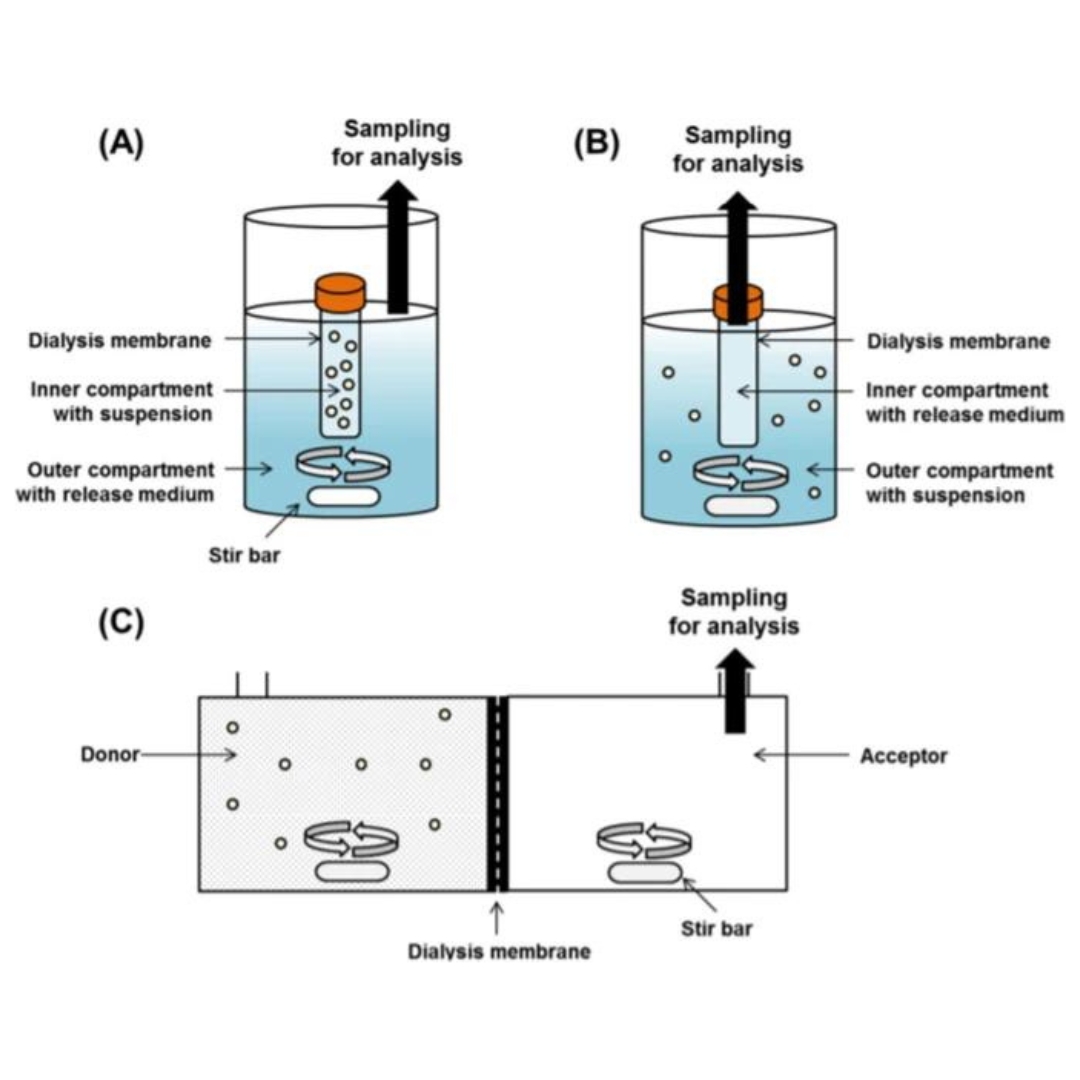
Current State and Opportunities with Long-acting Injectables: Industry Perspectives from the Innovation and Quality Consortium “Long-Acting Injectables” Working Group
Long-acting injectable (LAI) formulations can provide several advantages over the more traditional oral formulation as drug product opportunities. LAI formulations...
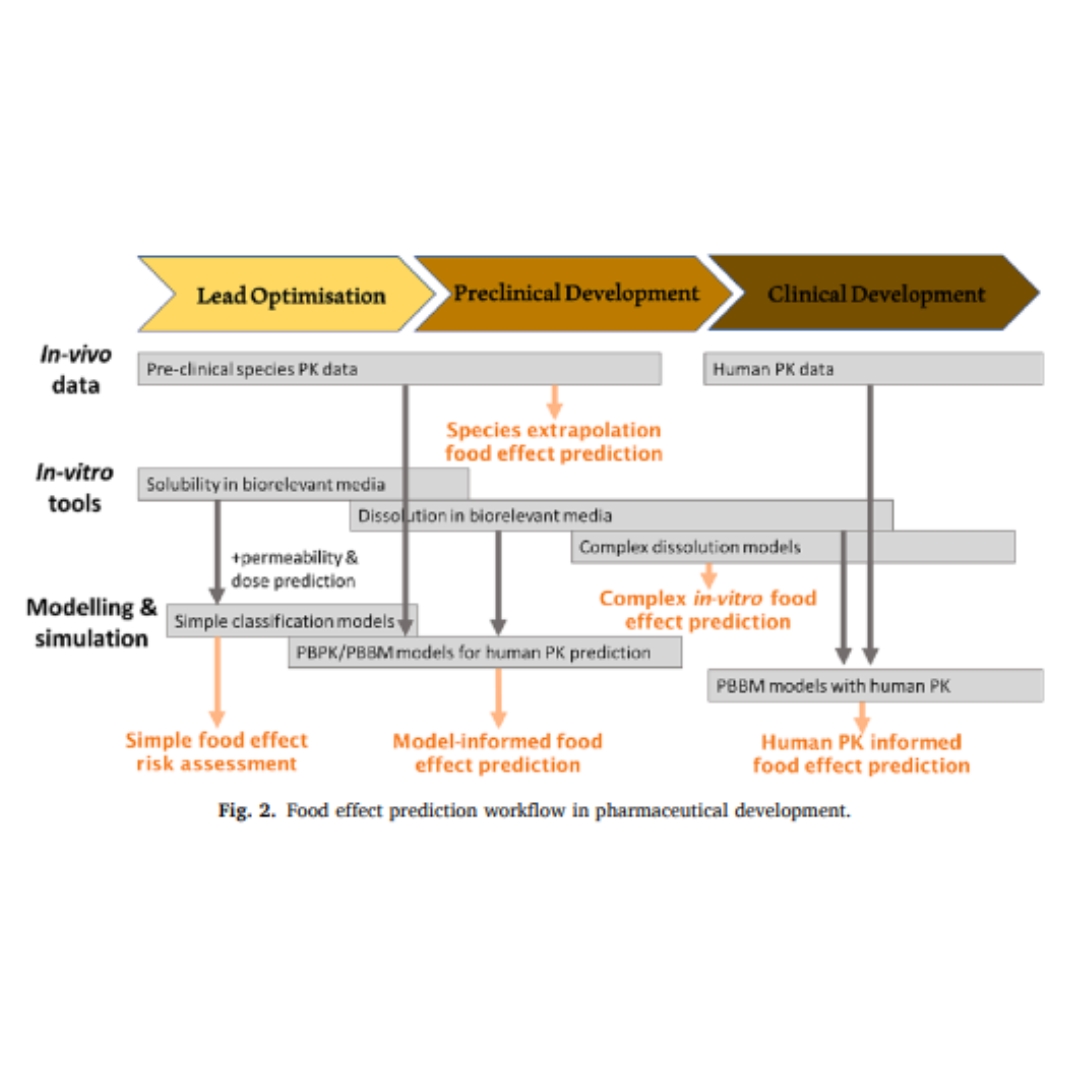
Assessment of food effects during clinical development
Food-drug interactions frequently hamper oral drug development due to various physicochemical, physiological and formulation-dependent mechanisms.

Exploring the Use of a Kinetic pH Calculation to Correct the ACAT Model with a Single Stomach Compartment Setting: Impact of Stomach Setting on Food Effect Prediction for Basic Compounds
Advanced compartmental absorption and transit (ACAT) based computational models have become increasingly popular in the industry for predicting oral drug product...
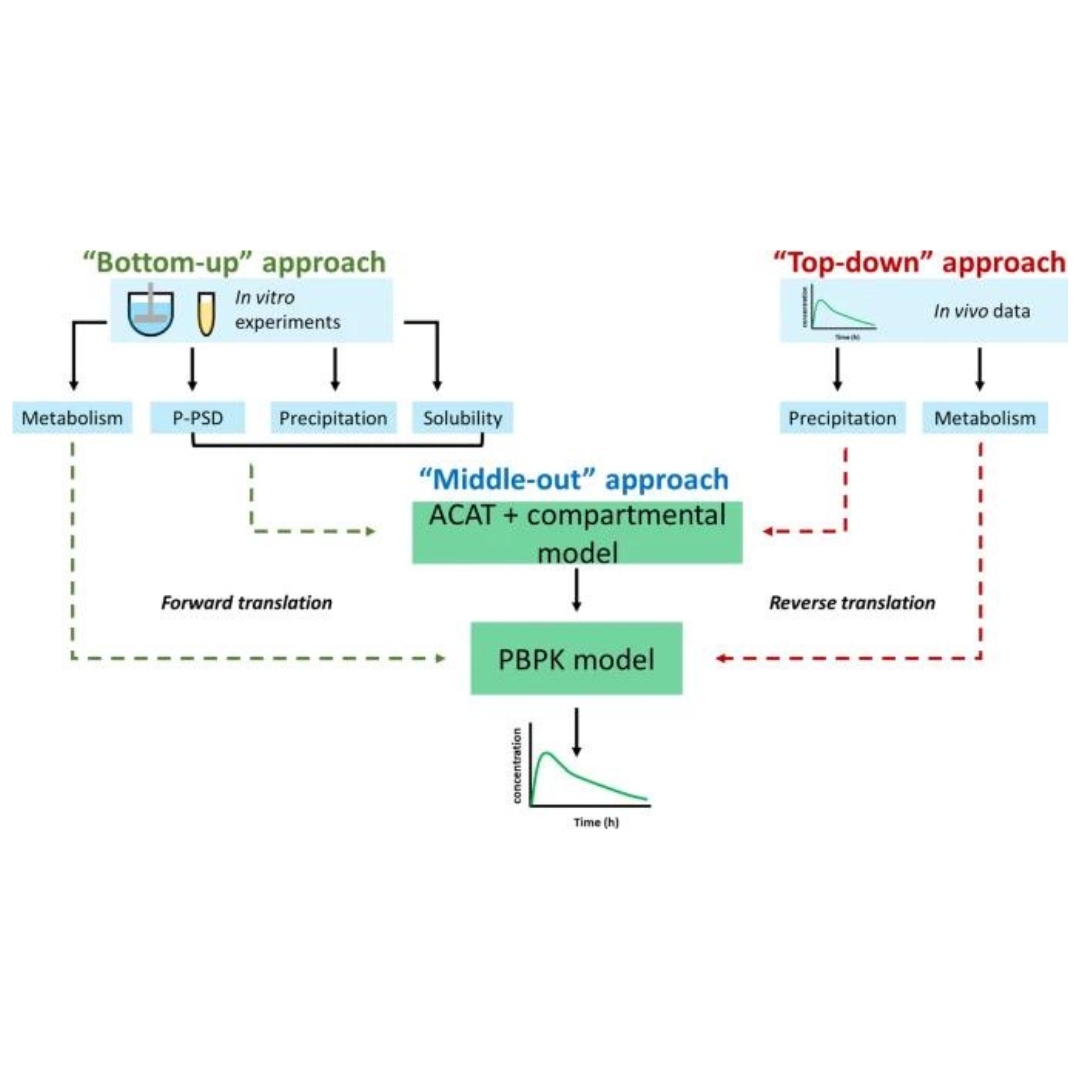
Integrating Forward and Reverse Translation in PBPK Modeling to Predict Food Effect on Oral Absorption of Weakly Basic Drugs
Ketoconazole and posaconazole are two weakly basic broad-spectrum antifungals classified as Biopharmaceutics Classification System class II drugs, indicating that they are...
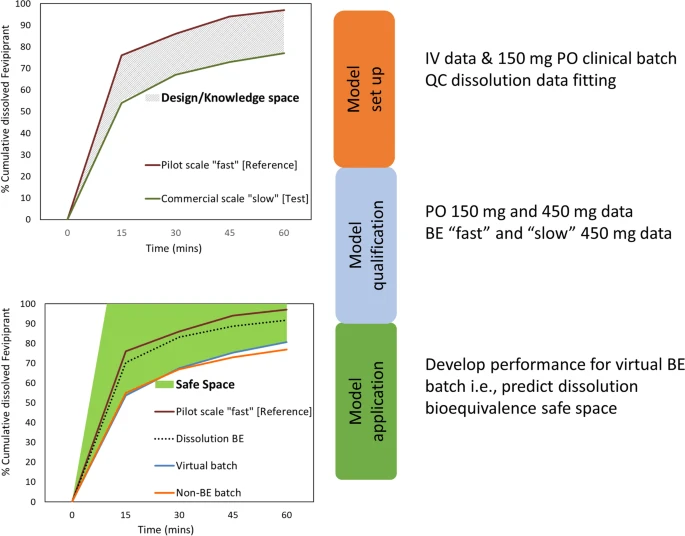
Establishing the Safe Space via Physiologically Based Biopharmaceutics Modeling. Case Study: Fevipiprant/QAW039
Physiologically based pharmacokinetic and absorption modeling has increasingly been implemented for biopharmaceutics applications to define the safe space for drug...
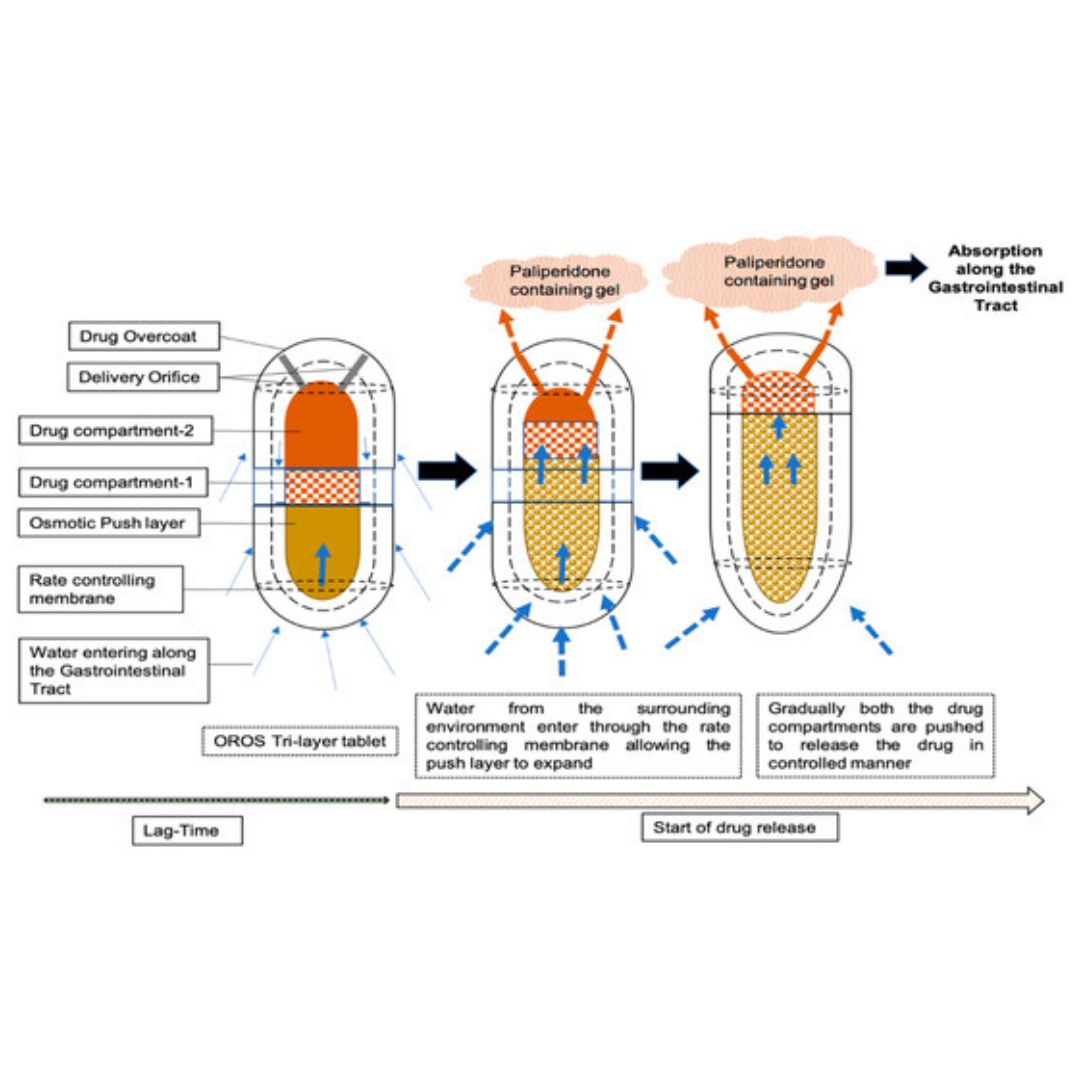
Leveraging Physiologically Based Modelling to Provide Insights on the Absorption of Paliperidone Extended-Release Formulation under Fed and Fasting Conditions
Paliperidone was approved by the US FDA in 2006 as an extended-release (ER) tablet (Invega®) for the once-daily treatment of schizophrenia. This osmotic-controlled...

Regulatory Requirements for the Development of Second-Entry Semisolid Topical Products in the European Union
The development of second-entry topical products is hampered by several factors.
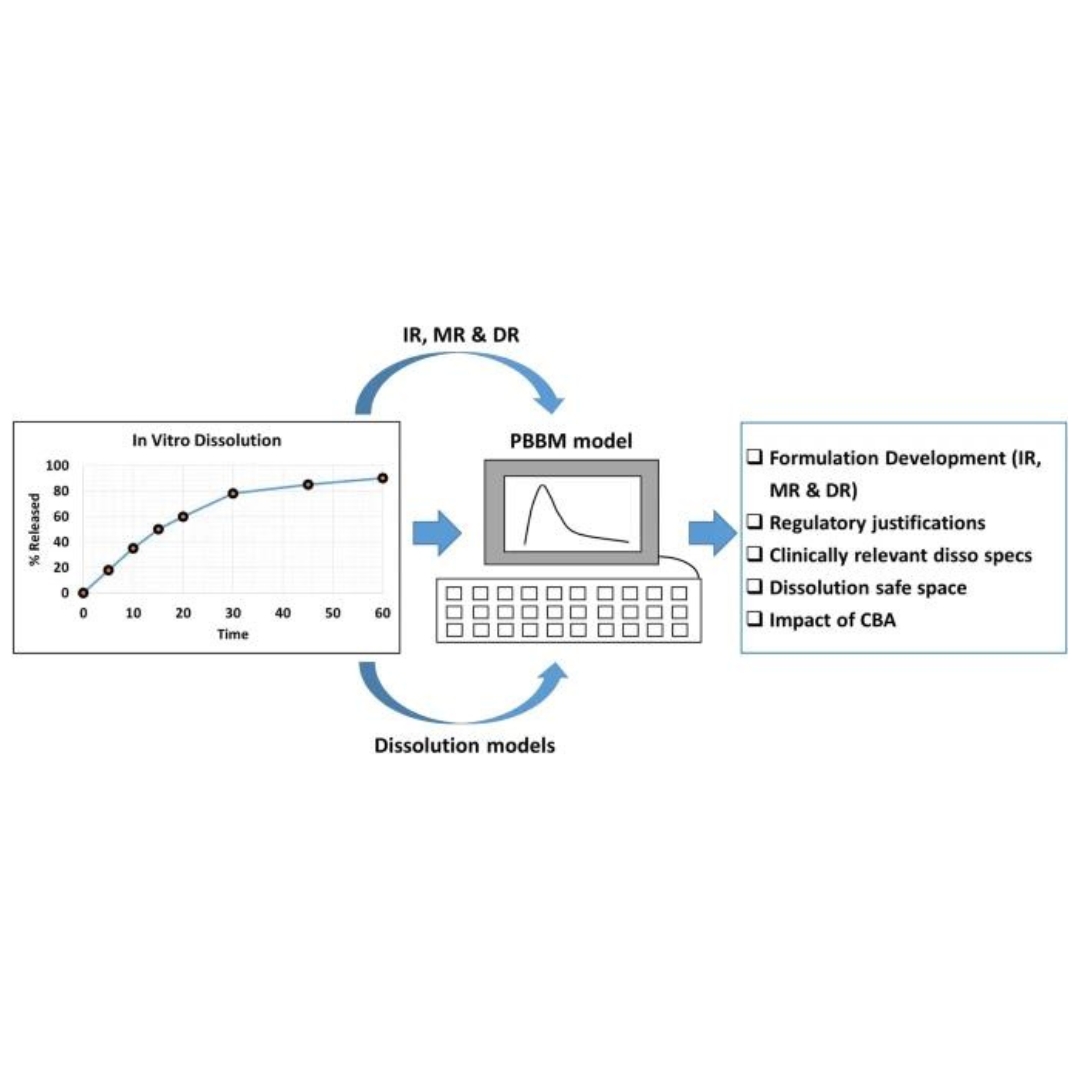
Best Practices for Integration of Dissolution Data into Physiologically Based Biopharmaceutics Models (PBBM): A Biopharmaceutics Modeling Scientist Perspective
Dissolution is considered as a critical input into physiologically based biopharmaceutics models (PBBM) as it governs in vivo exposure. Despite many workshops, initiatives...

Addressing the oxamniquine in vitro-in vivo paradox to facilitate a new generation of anti-schistosome treatments
The antischistosomal drug oxamniquine, OXA, requires activation by a sulfotransferase within the parasitic worm to enable killing.

An Insight into the Metabolism of 2,5-Disubstituted Monotetrazole Bearing Bisphenol Structures: Emerging Bisphenol A Structural Congeners
The non-estrogenic 2,5-disubstituted tetrazole core-bearing bisphenol structures (TbB) are being researched as emerging structural congeners of Bisphenol...

An innovative impurity profiling of esmolol hydrochloride injection using UPLC-MS based multiple mass defect filter, chemometrics and in-silico toxicity prediction
Esmolol hydrochloride injection is indicated for the rapid control of ventricular rate in patients with atrial fibrillation or atrial flutter in perioperative...
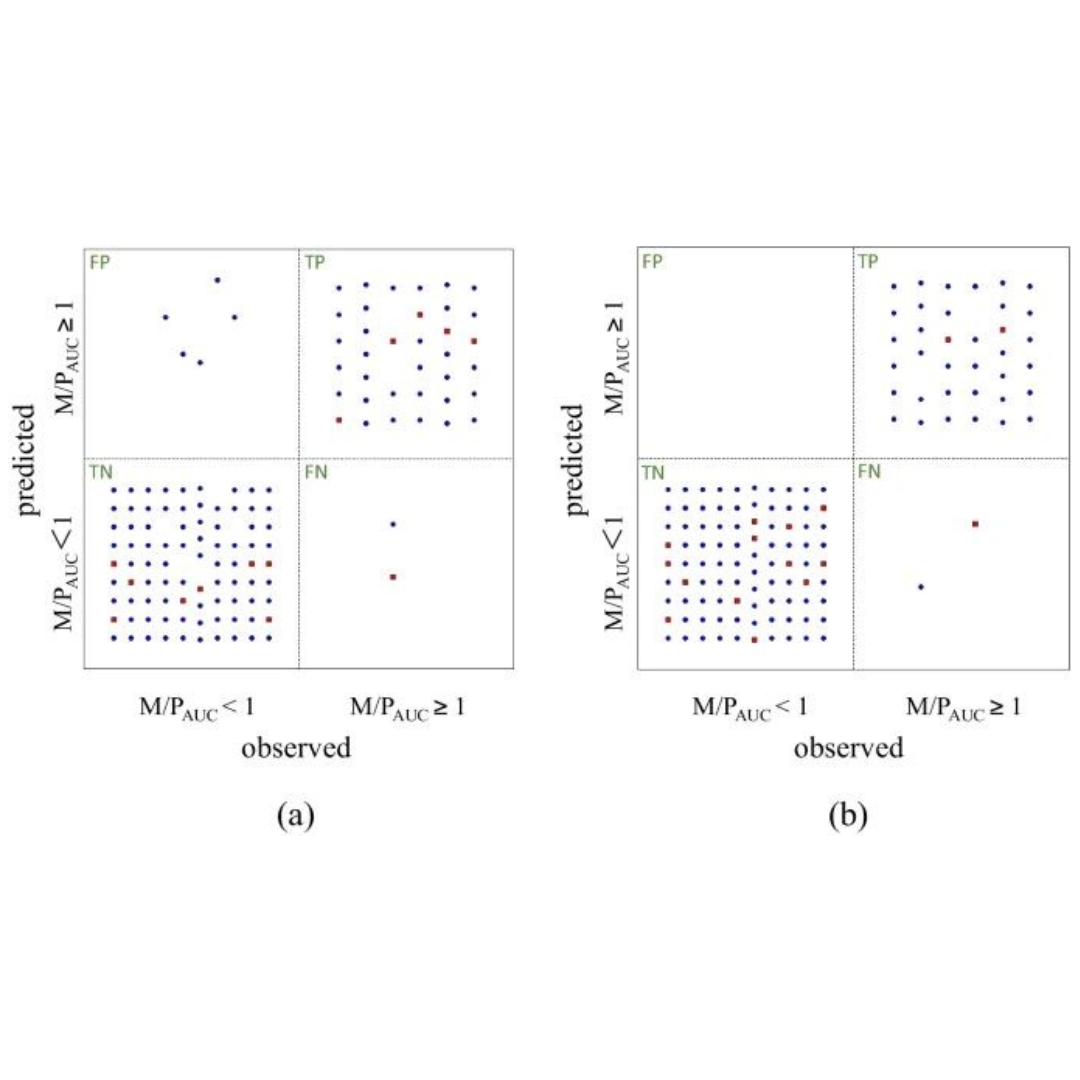
Prediction model for milk transfer of drugs by primarily evaluating the area under the curve using QSAR/QSPR
Information on milk transferability of drugs is important for patients who wish to breastfeed. The purpose of this study is to develop a prediction model for milk-to-plasma...

Alternative Pharmacokinetic Metrics in Single-Dose Studies to Ensure Bioequivalence of Prolonged-Release Products at Steady State-A Case Study
This article investigates which PK metrics in a single-dose study (con-centration at the end of posology interval, Cτ, partial areas under the curve, pAUCs, or half-valueduration, HVD) are more sensitive and less variable...
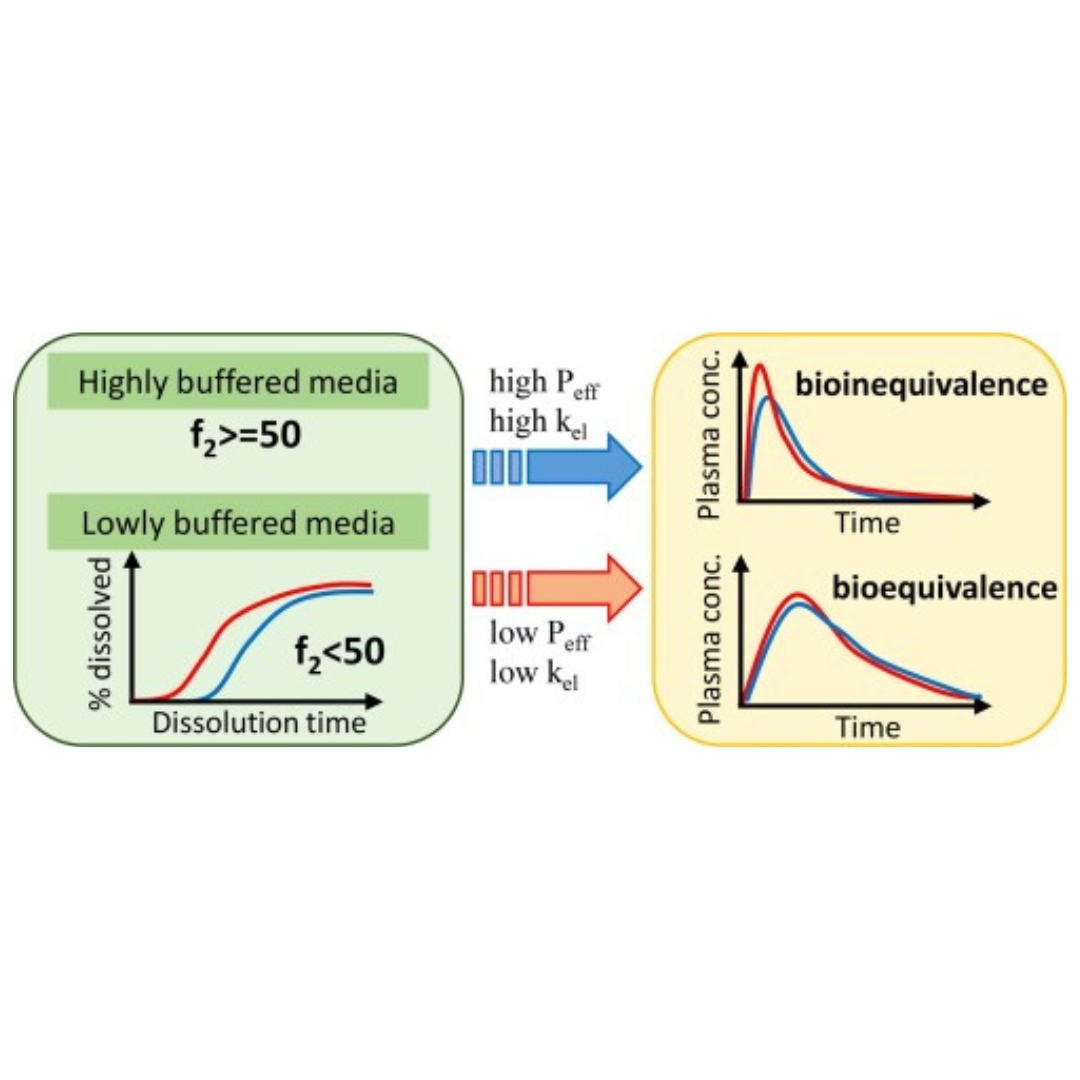
Lowly-buffered biorelevant dissolution testing is not necessarily biopredictive of human bioequivalence study outcome: Relationship between dissolution and pharmacokinetics
It has been revealed that buffer capacity of aspirated human intraluminal fluid is much lower than that of in vitro compendial dissolution media. Since buffer capacity signif

